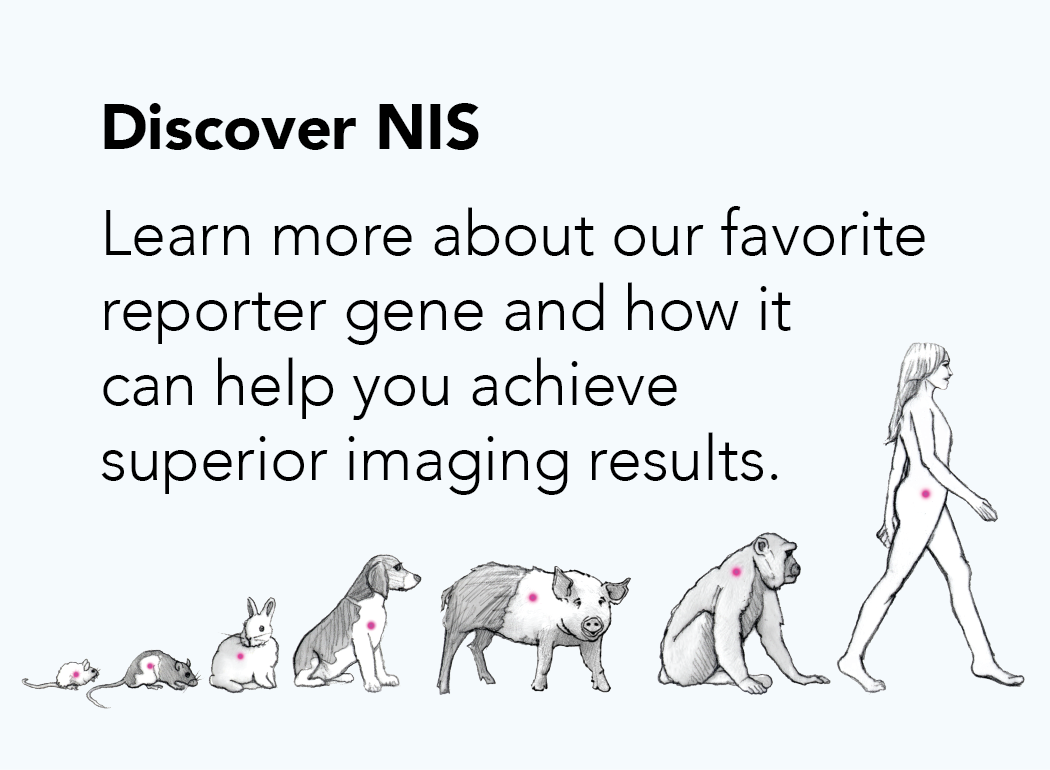K562 (Chronic Myelogenous Leukemia)
Description
K562, or K-562 (ATCC® CCL-243TM)*, cells are a chronic myelogenous leukemia (CML) continuous cell line originally isolated from the pleural effusion of a 53-year old female. 1 The K562 cell line is highly undifferentiated and multipotential; it can be differentiated into early precursors of the monocytic, granulocytic, and erythrocytic series by different approaches.
K562 cells are widely used in immunology research. The cells express negligible levels of MHC class I and class II molecules on their surface and also exhibit little expression of several other immunologically relevant molecules (e.g. PD-L1, CD40, CD40-L).3 K562 cells are sensitive to natural killer cells and commonly used as target cells in in vitro natural killer cell assays.4 K562 cells can be used to generate artificial antigen presenting cells.3 Additionally, K562 cells exhibit tumorigenicity in vivo in Nude5 and SCID6 mice.
*The ATCC trademark and trade name and any and all ATCC catalog numbers are trademarks of the American Type Culture Collection.
Stable reporter cell lines:
Our K562 reporter cell lines can be used for in vitro or in vivo research. The luciferase (Fluc) and green fluorescence protein (GFP) reporters facilitate easy quantitation of cells for in vitro assays. Additionally, luciferase can be used for tracking tumor growth non-invasively in living animals through bioluminescence imaging. Our reporter cells are generated by lentiviral vector transduction, ensuring high, constitutive expression of the reporter proteins. The lentiviral vectors used for these transductions are self-inactivating (SIN) vectors in which the viral enhancer and promoter has been deleted. This increases the biosafety of the lentiviral vectors by preventing mobilization of replication competent viruses.7
References:
- Lozzio, CB and Lozzio, BB (1975). Human Chronic Myelogenous Leukemia Cell-Line With Positive Philadelphia Chromosome. Blood 45: 321-334.
- Lozzio, BB et al. (1981). A Multipotential Leukocyte Cell Line (K-562) of Human Origin. Proceedings of the Society for Experimental Biology and Medicine 166: 546-550.
- Butler, MO et al. (2007). Long-Lived Antitumor CD8+ Lymphocytes for Adoptive Therapy Generated Using an Articiaial Antigen-Presenting Cell. Clinical Cancer Research. 13: 1857-1867.
- Zamai, L et al. (1998). Kinetics of In Vitro Natural Killer Activity Against K562 Cells as Detected by Flow Cytometry. Cytometry 32: 280-285.
- Lozzio, BB et al. (1979). Reproducible metastatic growth of K-562 human myelogenous leukemia cells in nude mice. Journal of the National Cancer Institute 63: 295-299.
- Mariusz, RZ et al. (1992) In vivo treatment of human leukemia in a scid mouse model with c-myb antisense oligodeocynucleotides. PNAS 89: 11823-11827.
- Miyoshi, H et al. (1998). Development of a self-inactivating lentivirus vector. Journal of Virology 72: 8150-8157.
*The ATCC trademark and trade name and any and all ATCC catalog numbers are trademarks of the American Type Culture Collection.

